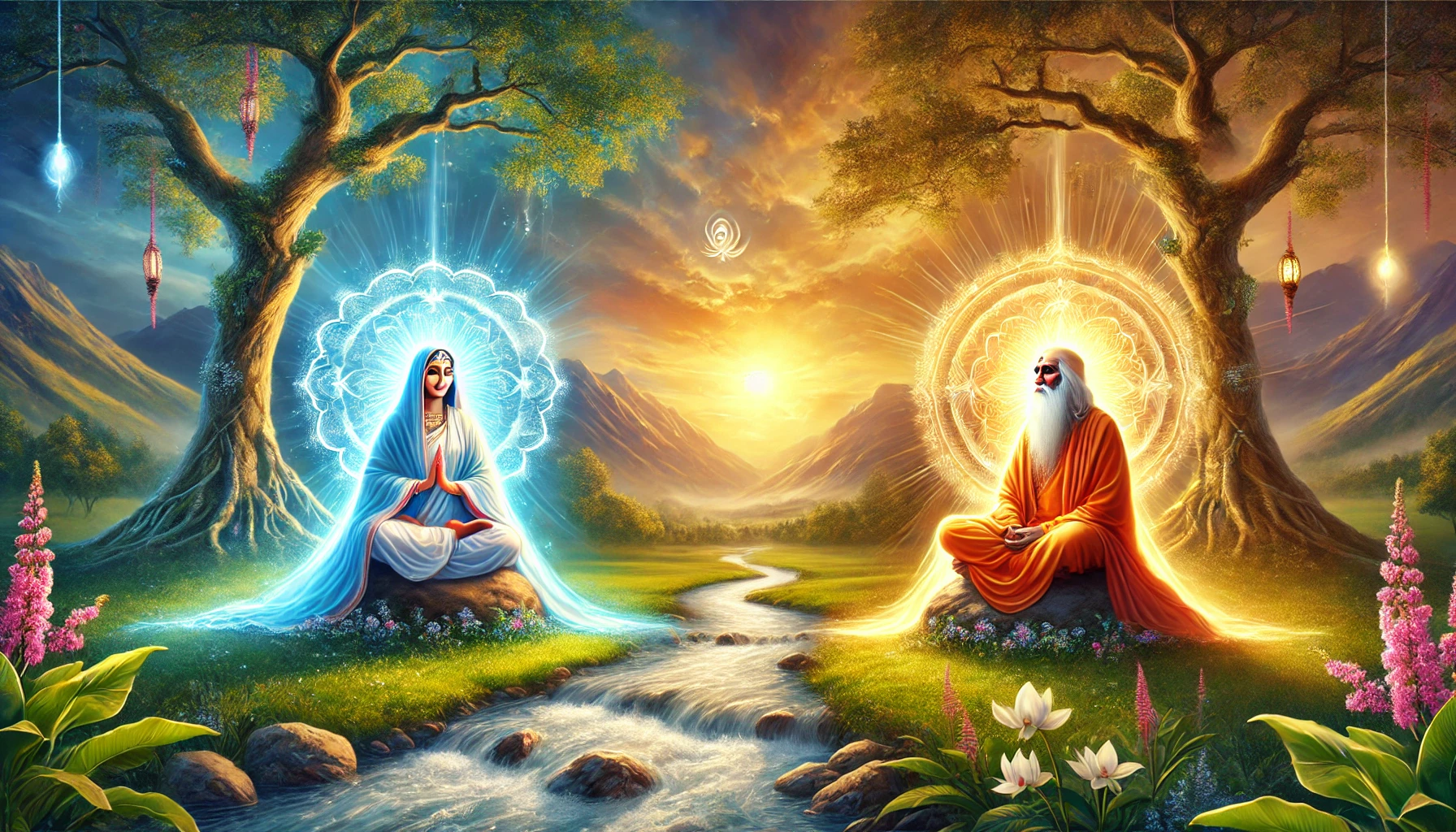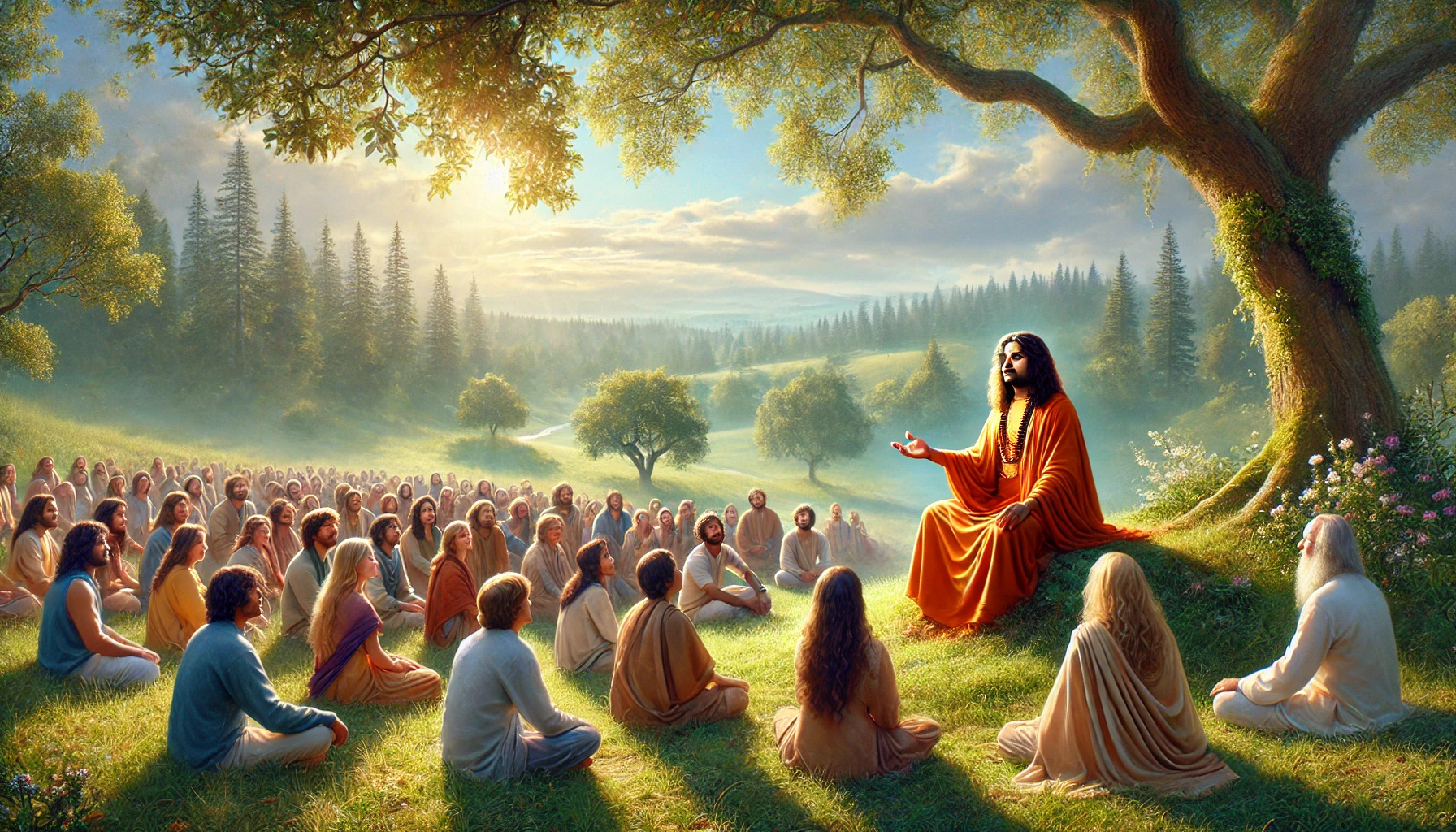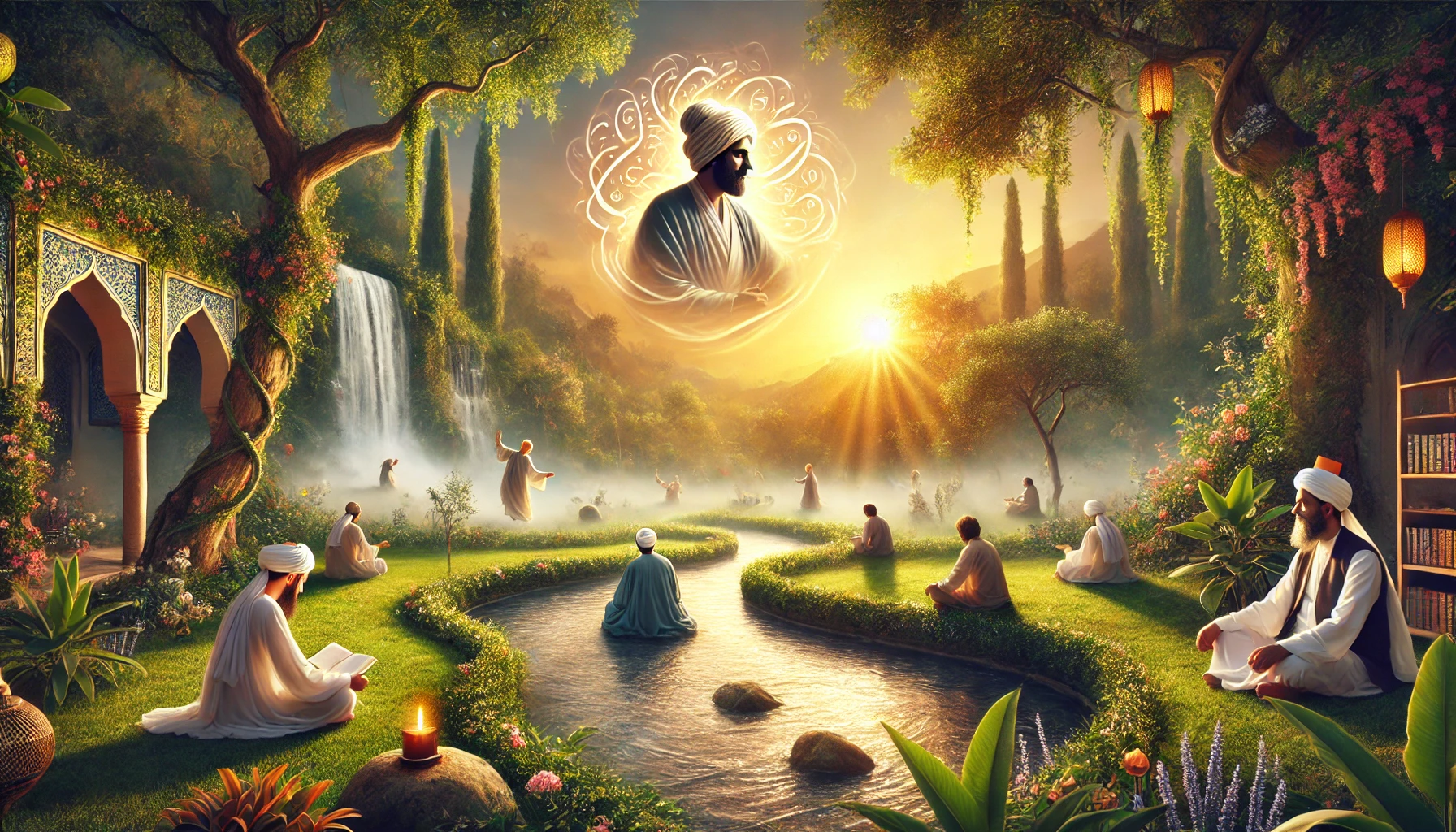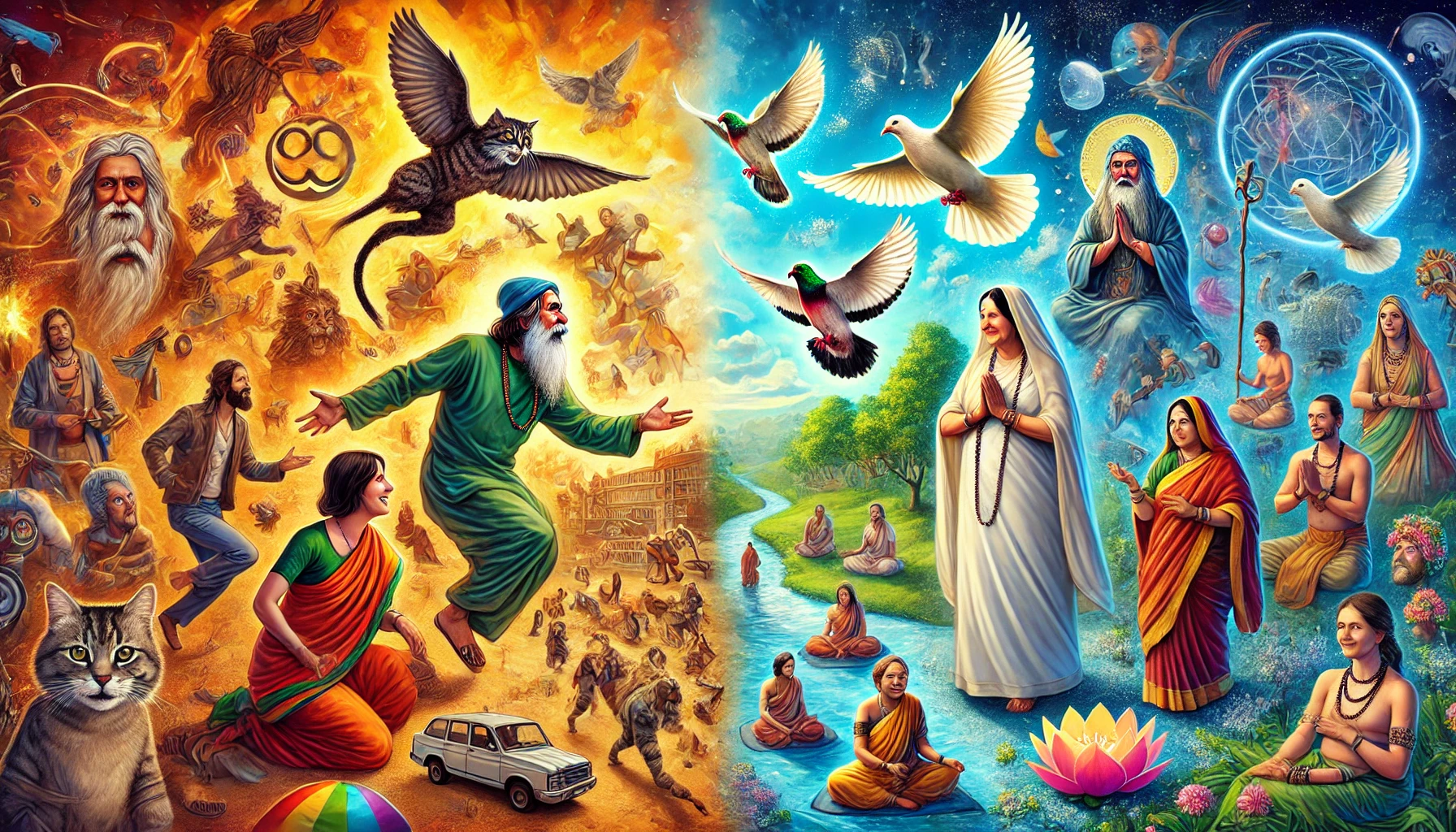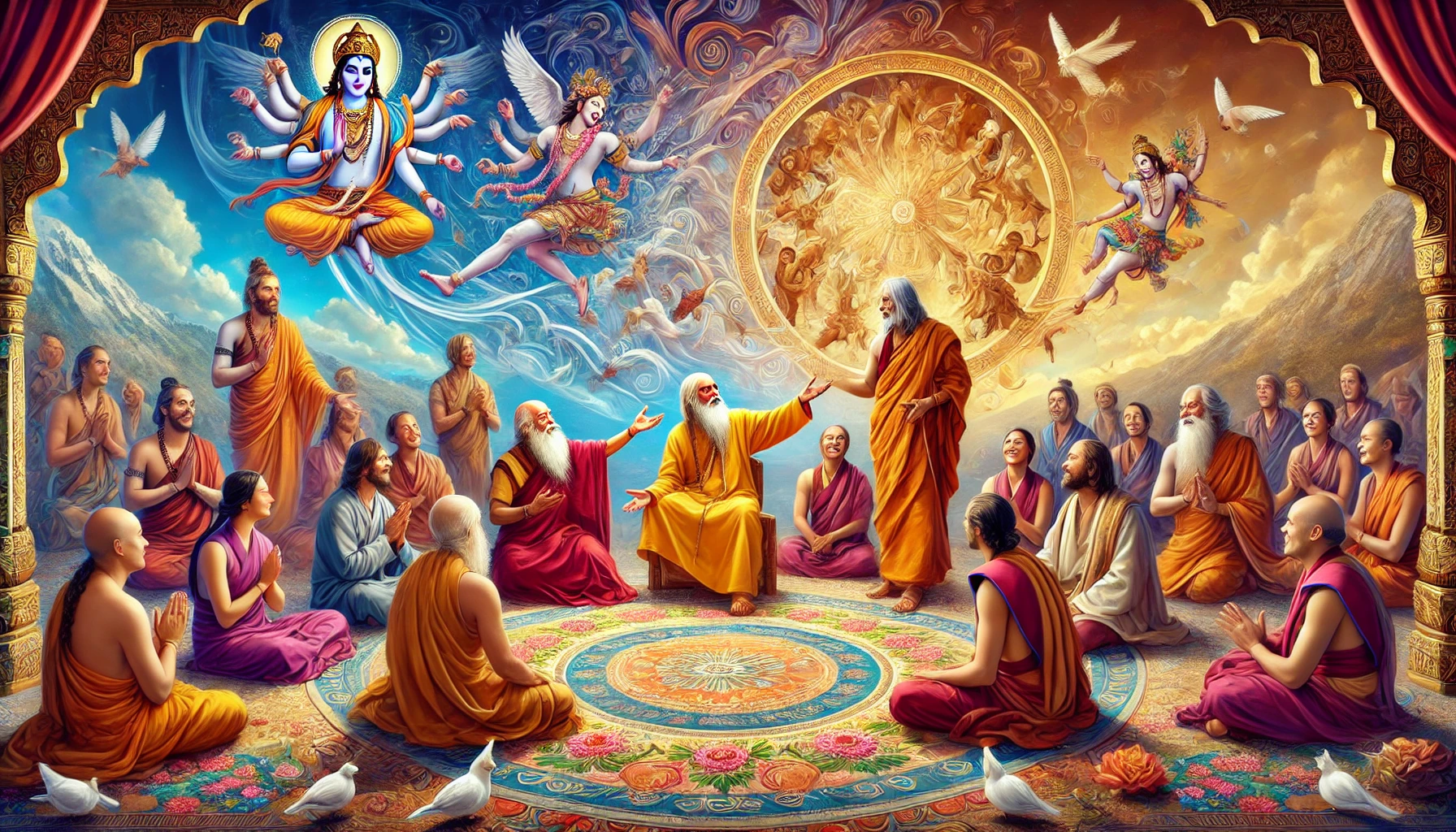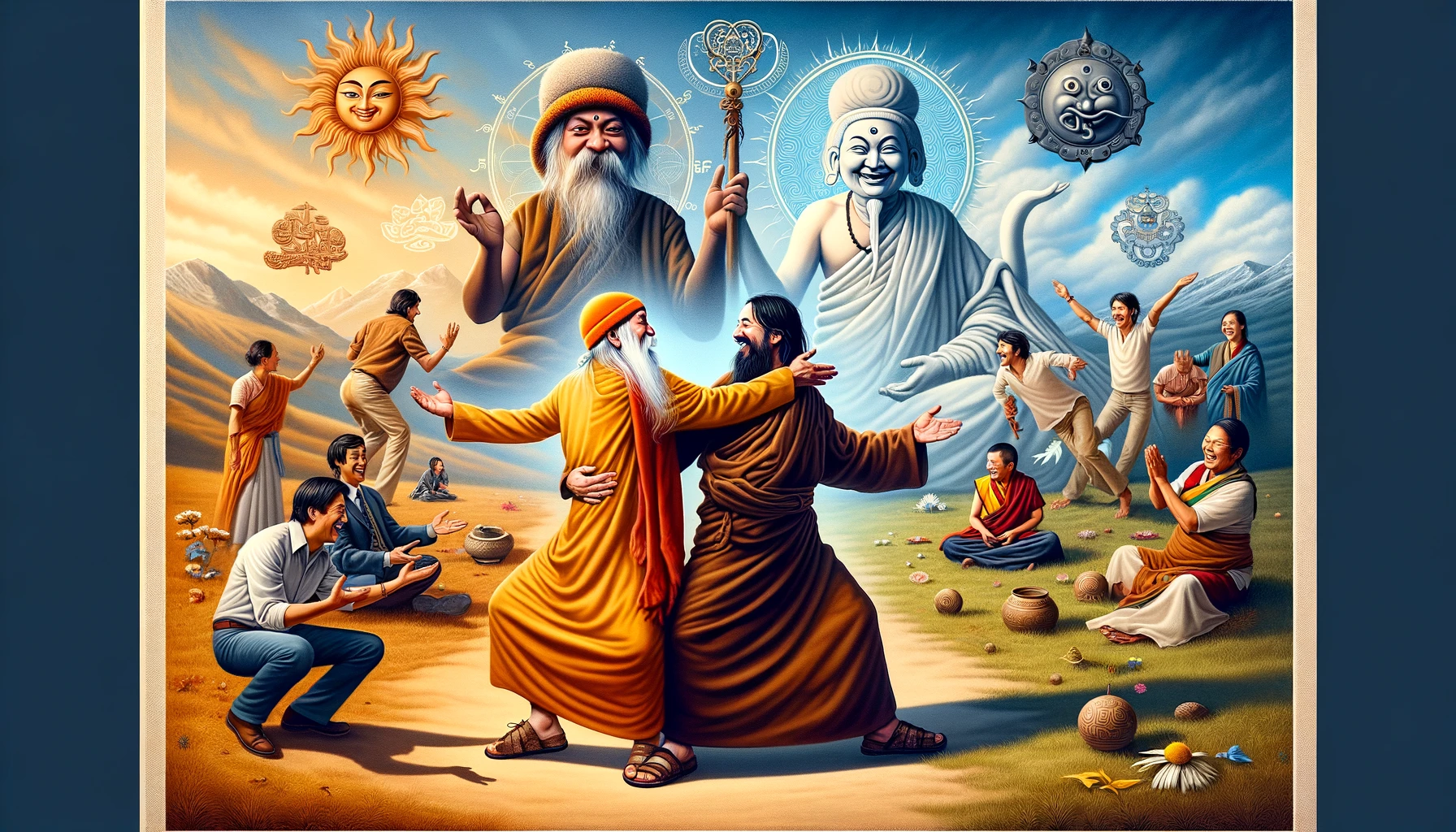
Holy Chaos: Israel To Be Replaced With A World-Religion Theme Park
Truth be told, I don’t love the concept of countries – mine or anyone else’s.
Why? Because the idea of “country” that’s emerged over the years is no longer about preserving beautiful cultures, honoring unique peoples and traditions – and serving them with statehood: Now, it’s about making sure that some cultures die horrible deaths, all in the name of fear, hatred, oil, control, and the darkest of prejudice.
Meanwhile, most religions are based in such extreme and hidden hatred, they’ve become somewhat irrelevant to me. To practice religions where little boys are raped and women are silenced or killed is insane to me. How can you support them? You’re complicit.
I say – dismantle them because they are nothing. They mean nothing. There is no integrity, virtue, or value in such an organization – OR in the people who support them. Given all that, they should at least be paying taxes simply for being silly, dishonest cunts.
While this article pokes fun at my disdain for Israel’s actions throughout the years, I have disdain for many countries. I do love Israel, but have also given up on it. It’s just a hateful war machine now – and a tool for the US to exploit for its benefit.
That said, Israel’s women are beautiful and powerful – and the food is amazing. And Israel is one of the most successful makers of tampons, which is nice.
Maybe they should use that same fabric to plug the wounds of all the people they’ve injured and massacred over the years.
More To My Point
Long ago, Britain gave Israel its land – only the land already belonged to someone else.
During “The Nakba,” a secret political deal forced nearly 800K Palestinians from their ancestral land to make way for what eventually became a massive military base – created by the insane Zionists, Britain, and the US – to be called Israel. While a nice sentiment, it created immense havoc. The hatred that ensued has become epic and beyond repair.
Even now, the US continues to vote against a Palestinian state. How is this possible?
Israel was a great idea for Britain and the US – “let’s force ourselves into an area of the world where we are not welcome, under the guise of a new country – and let’s call it Israel.”
Since the US was failing at infiltrating Muslim and other countries to the point of owning them, they needed their ally Britain to find a way to have a commanding military presence in the Middle East. Using Holocaust guilt as a short-sighted ploy, Israel was born.
The term “Nakba,” (“catastrophe” in Arabic), refers to the harsh invasion of (obviously) Palestinian land in 1948, which resulted in the displacement of an insane number of Palestinians. This is akin to what the US did to countless Native Americans. Apparently, Oklahoma wasn’t what it was cracked up to be, either.
The creation of Israel was greatly influenced by the Zionists, who are some of the most hateful and ignorant twatwaffles on Earth. Zionists seem to only have sex with their cousins and siblings, which sounds fun, but it’s really dangerous, I mean, from a medical perspective. It must do something to the brain where they can only perceive other potential lovers if they resemble their mother in some way. More testing is needed in this area.
The twisted Zionist goal has always been to establish a military complex and spy network to alienate (rape, kill, and starve) Palestinians and Muslims. Their hatred (and inbreeding) runs deep. It might be said that Israel was given birth in exchange for the guilt the US and Britain felt after allowing Hitler to succeed for so long – and for allowing their nations corporations to support and empower The Third Reich. Thank you, IBM! You wicked Nazi-lovers!
The Israel initiative had horrendous implications for the Arab populations living in the region, leading to ongoing conflict, hatred, murder, rape, and displacement that persists to this day.
I mean, from a Palestinian perspective, how do you forgive such a thing, especially when they had no say in the matter – and Israel continues to deny it? These are dark times and Israel is the darkest horse – the epicenter of a new breed of shadow.
After killing more than 40,000 Palestinians in response to 200 wealthy college kids being kidnapped (and some killed), Israel has emerged a shining example of hatred and insanity in a world continuing to go mad.
Israel could have taken the high road – and use the events as a pathway to peace and mutual respect. They could have looked at all the great things that have happened to them since 1948, but they didn’t. They could have been amazing – but, they were cunts.
The word cunts btw is not so charged outside the US. Scottish great grandmothers use it when swatting flies. We’re just a little touchy here in the US because we have so many woke, toxic, and politically correct idiots running around wild and free. Wouldn’t it be nice to send all of those people to Oklahoma – and give the Native Americans back their original land? I think so.
This Is Why Israel Should Be Replaced With A World Religion Theme Park!
As an act of karmic retribution, across all of Israel, all government structures and homes will be dismantled, and all stores, parks, churches, temples, heritage sites, and sacred iconography will be burned, sanitized, and turned into tampon containers.
As Israel is lovingly “un-settled,” Israeli citizens will be encouraged to walk to Germany on one leg while whistling “Yankee Doodle Dandy,” where they will live in small huts made from the skin and screams of deceased Muslim children.
In the place of its people and infrastructure, a giant-sized theme park will arise from Israel’s ashes and feminine pads to embody the most irreverent, blasphemous, anti-religious, and hilarious experience imaginable.
This amazing park will be a shining example of how world religions should be viewed and experienced – according to the horror and insanity they bring into the world.
By the way, I feel the same way about the US. I mean, it’s become quite an insane place filled with hatred, ignorance, and hypocrisy. And all of the following rides would be much more successful in the US, because, well, Americans just love illusions.
Let’s do this.
Announcing….
“Holy Chaos: The World-Religion Theme Park”! Where Invisible Friends Come To Die!
This divine, 5.472 million-acre, high-tech mind-fuck of a park will include over 1265 wild rides taking attendees through the world’s most revered beliefs – all reduced to absurd, sidesplitting attractions that will leave you questioning the sanity of the creators of every religion on Earth.
Holy Chaos plans to be the most sacrilegious adventure ever created.
Here are a few of the most promising rides in this inspiring, unholy park from hell:
Ride 1: “The Apocalypse Coaster: Armageddon Edition”
Experience the end of the world in glorious, gut-wrenching detail! This powerful aqua-coaster begins with the waterboarding of you and your closest friends – and ends when you exit your body to fuck the parasitic God of your choice. Enjoy fisting demons, flaming carcases, and a cameo from Donald Trump as he phalates your father and rapes a waitress in front of you – all while you’re serenaded by a heavy metal choir, vocals by young molested Catholic boy-singers, and the Christian rock-n-roll phenomenon The Imperials.
Ride 2: “Mohammad’s Magic Carpet Ride of Doom!”
Take a thrilling journey through the Islamic afterlife on a magic carpet made from the hymens of early Christians. Adorn yourself with a Bedouin ceremonial gown and eat the recently sliced knuckles of the men who continue to rape and kill the Muslim women who speak their minds.
As you traverse the various levels of this misguided testosterone ride from hell, enjoy a surprise visit from 72 underage virgins, each with their own unique sexually transmitted disease!
THEN, choose between life in prison (where you’ll be anally penetrated by Trump’s retarded insurrectionists) OR growing compassion and intelligence, which will cause you to drop your religion to become a human being.
If you love watching crazy people kill their beloved family members for reading western books and singing Dolly Parton tunes, you’ll LOVE this iconic ride!
Ride 3: “The Buddha’s Belly Buster”
Embrace the cycle of birth, suffering, and rebirth on a massive spinning Chakra-car that’ll leave you questioning your life choices – and blissfully regurgitating your lunch through multiple orifices. As you exit the ride, you’ll be tackled by a gargantuan-sized Buddha who will sit on your face and sing show tunes until you magically bleed 12 Jungian inkblots that point to the eventual-but-not-promised potential for your enlightenment.
Ride 4: “Kali’s Clitoris And The Holy Hindu Hellhole”
Confront the cycle of karma on a rollercoaster that’ll toss you through a psychedelic underworld filled with every demon and ex-spouse from your past lives – complete with a cameo from Kali – who will command a dildo-sword to penetrate you for each of your soul’s infractions throughout spacetime, even the minor ones.
As you disembark the giant clitoris karma-boat, enjoy lightly salted papadam and a generous portion of curry made from the ashes of the most vilified Pakistanis.
Ride 5: “The Mormon Tabernacle Choir of the Damned!”
Harmonize with the heavens on a gamified, musical thrillride that’ll have you baptizing the dead with goat blood, while screaming “Nearer, My God, to Thee” in ancient Dutch. For those chosen by the archangel Gabriel (or the college intern taking your ticket), you’ll be dressed in an elastic, rainbow unitard and blessed with a surprise visit from a lineage of Osmond Family zombies – who will molest you with their songs and smiles.
If you reach the game’s highest level, you’ll be awarded your own celestial kingdom, drenched in the urine of your 18 angry wives, and shipped to your new planet – genital-free.
Caution: Some mormons might find this unsettling.
Ride 6: “The Zen Garden Of Poison”
Find inner peace in this tranquil, poisonous Japanese garden, enhanced by water features built by stolen Chinese children – with 12,000 pounds of decapitating pressure thrusting into a crowd of nuns. Enjoy a large band of deaf, naked taiko drummers and a Sake-swilling Budda who reveals his most provocative tattoos – and turns his penis into a playful, Sanskrit-chanting puppet! Finally, be inspired by our special guests – the ghosts of David Carradine and his underage Chinese concubines, who will perform acrobatic lap dances while squirting their luscious pheromones into ceremonial tea cups – all to the tune of one hand clapping.
Ride 7: “The Catholic Confessional Coaster of Shame!”
Experience the thrill of absolution on a twisting, turning adventure that’ll leave you confessing your sins – along with your deepest, darkest secrets. For every infraction, you’ll be electrocuted by 4000 volts of forgiveness, while you hang upside-down over a pond filled with hungry, priestly pedaphiles. 99% of all riders defecate themselves into crisis-level dehydration and eventually tell the pope to fuck himself – all in exchange for a t-shirt that says “Jesus died for nothing!” and “Priests make the best rapists!”
Bonus feature: If you torture a Catholic, an angel gets his wings!
Ride 8: “The Scientology Spinning E-Meter From Hell!”
Embrace the power of Xenu on a dizzying, spinning teacup that’ll have you screaming “Tom Cruise is my savior! Take me to my home planet, m*ther-f*cker!” As your soul’s resistance is zapped and disintegrated by the patented E-Meter (or psycho-calculator), you’ll review the long lineage of events and delusions that brought you to the religion in the first place. After you abandon your family, publicly berate the children you abandoned, and fistfuck a stranger for exiting the religion, you’ll get a free lunch in the cult’s commissary – and an ankle monitor FOR LIFE!
Ride 9: “The Israeli Zionist Fox Hunt”
Dress up like an old-style British aristocrat and hunt real-world Israeli Zionists as they wear fox ears and scurry the rocky hills of the former Israel. Trap them using the promise of world domination – and eat one of their fleshy sex organs – all to celebrate the emerging less-hateful world without them. The winner of each “Fox Run” will have the chance to dress the surviving Zionists in Marvel villain costumes of their choice – and sell their children to loving families who have experienced at least some form of genetic evolution.
Ride 10: “The Born-Again Christian Lazer Party”
Blindfold yourself at a theatrical cocktail party where REAL Born-Again Christians talk naturally about their hateful beliefs. When you’re confident you hear one of them speaking, you can tag them with a secret lazer light.
Following the “party,” the patented theme-park technology will synthesize the data and pinpoint the locations of the most insane and inbred Born-Again Christians. Within moments, each Born-againer will spontaneously combust into bright colorful lights to the tune of “The Star Spangled Banner,” followed by “I Love My Truck.” Their ashes will be used to stuff refugee futons and pad the coffins of future Republicans.
All remaining Born-Againers will be forced to take a 900-day “retreat” on “How To Enjoy Gay Sex While Releasing White Nationalistic Tendencies.” Volunteers will be randomly selected for extreme “de-semenation” – and mini-workshops on how to pray-away the ignorance – and rectally take 10 inches with grace.
Disclaimer: This article is meant to be a work of satire and not intended to offend any religious beliefs or communities, except the ones that use God to justify war and revenge.
Important note: Your invisible friends are not real Gods, they’re projections of your ego and false temporary self-images – all of which you created to feel superior to others and subjugate those less fortunate. #suckaholydick #fuckzealots #JesusWasPalestinian
Get The Shankara Oracle and dramatically improve your perspective, relationships, authentic Self, and life.



